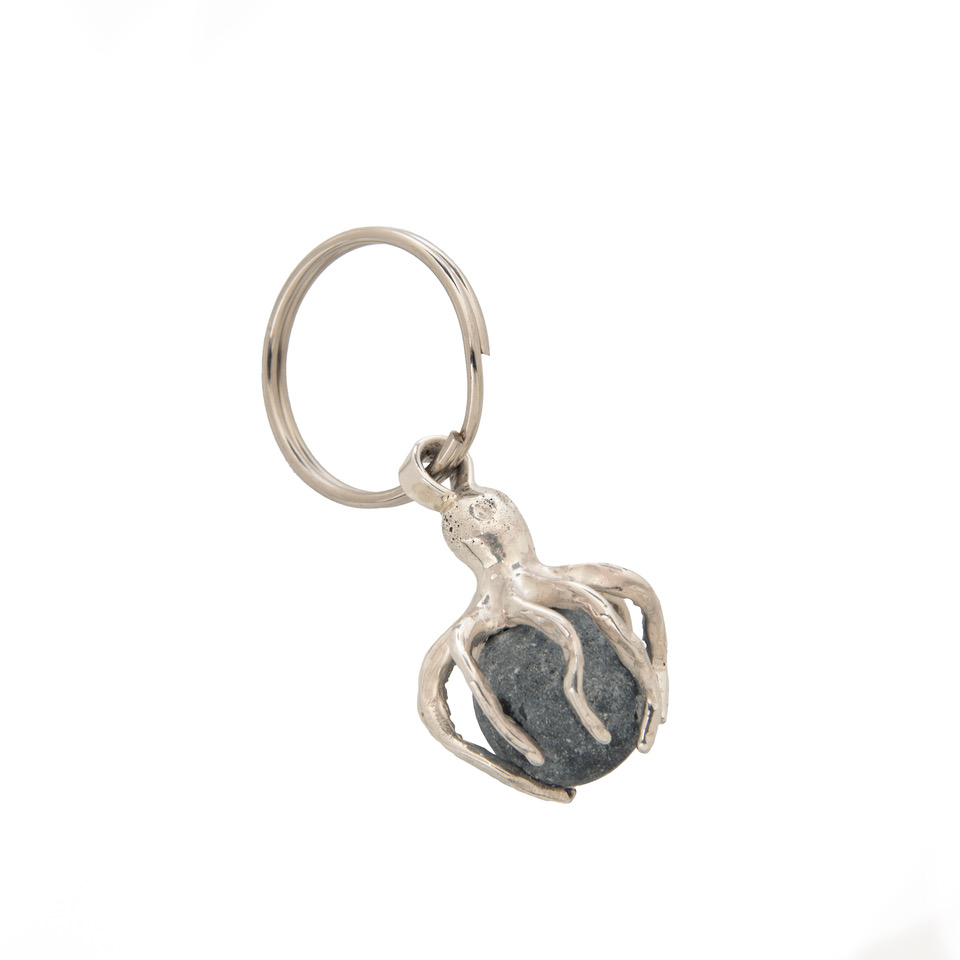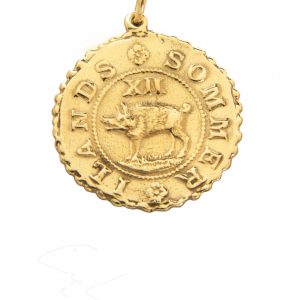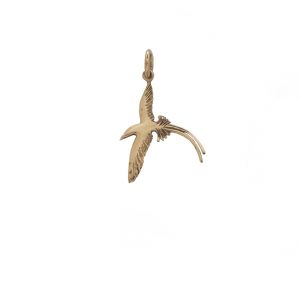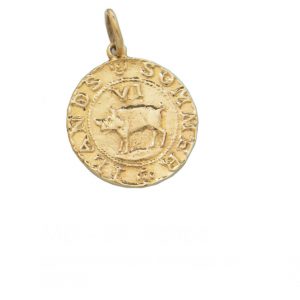Description
BERMUDA OCTOPUS
The octopus is a stealthy predator, catching, stinging and crushing its prey – crabs, mollusks and crayfish – with its eight legs. The sensory receptors at the bottom of their suckers allow them to taste whatever they touch. The octopus also has 3 hearts: two hearts pump the blood through the gills while the third pumps blood, which is blue, though the rest of the body.
While the octopus is one of the most prevalent underwater creatures in Bermuda, it is rarely seen due to its excellent camouflage skills. There are two species found in Bermuda, octopus macropus and octopus vulgaris.
MUSKETSHOT
Led Musket Shot from Coral Beach
The first few forts in Bermuda were constructed shortly after colonization in 1609, at the North-Eastern coastline. This was due to the fact that St. George’s Town, located at the eastern end, became the first capital of Bermuda and protection through the natural barrier reefs along the north-eastern coast was inadequate.
Subsequently starting in the early 1600s, there were some small forts built along the south shore as well. The defense activities in Bermuda remained quiet for many years and the need for further fortifications was not necessary. But a flurry of activities began once again when Britain lost all their ports along the Atlantic coastline in 1783 following the American War of Independence.
The western extremity of Elbow Beach was guarded by West Elbow Bay Fort, which was probably the site of two guns (6 pounders in 1756) mentioned in 1762 under the command of William Brereton. The site may be of some antiquity, as a drawing of a cannon, taken to depict a fort, appears on Share 9 of Paget Parish in Norwood’s 1617 survey. West Elbow Bay may, therefore, be one of the earliest forts to have been built on the main island of Bermuda. At the end of American hostilities in 1783, it is recorded that as ‘a Small Battery sunk in the Rock, quite open in the Rear for two Guns, and a little Building in the East Angle for a Magazine’.
However, in the whole of Bermuda’s history except for on one occasion of a Spanish attack in 1614, the forts never had to fire in anger.
On a Sunny Summer Day in 1998
After a hurricane stripped a couple of feet of sand from Coral Beach, the west end of West Elbow Bay, a metal detectorist decided to try his luck in the water off the sight of the small fort. From ankle-deep at low tide and working out until the water was up to his nose as he stood on tip-toe, he methodically searched the sandy bottom with his machine, and with a long-handled ‘digger’, he recovered every signal he heard through his waterproof earphones. Most signals turned out to be bottle caps and pull-tabs but soon he started finding coins and then gold jewelry… and many Lead Musket Shot.
It seems likely they were dumped into the sea shortly after 1783.





